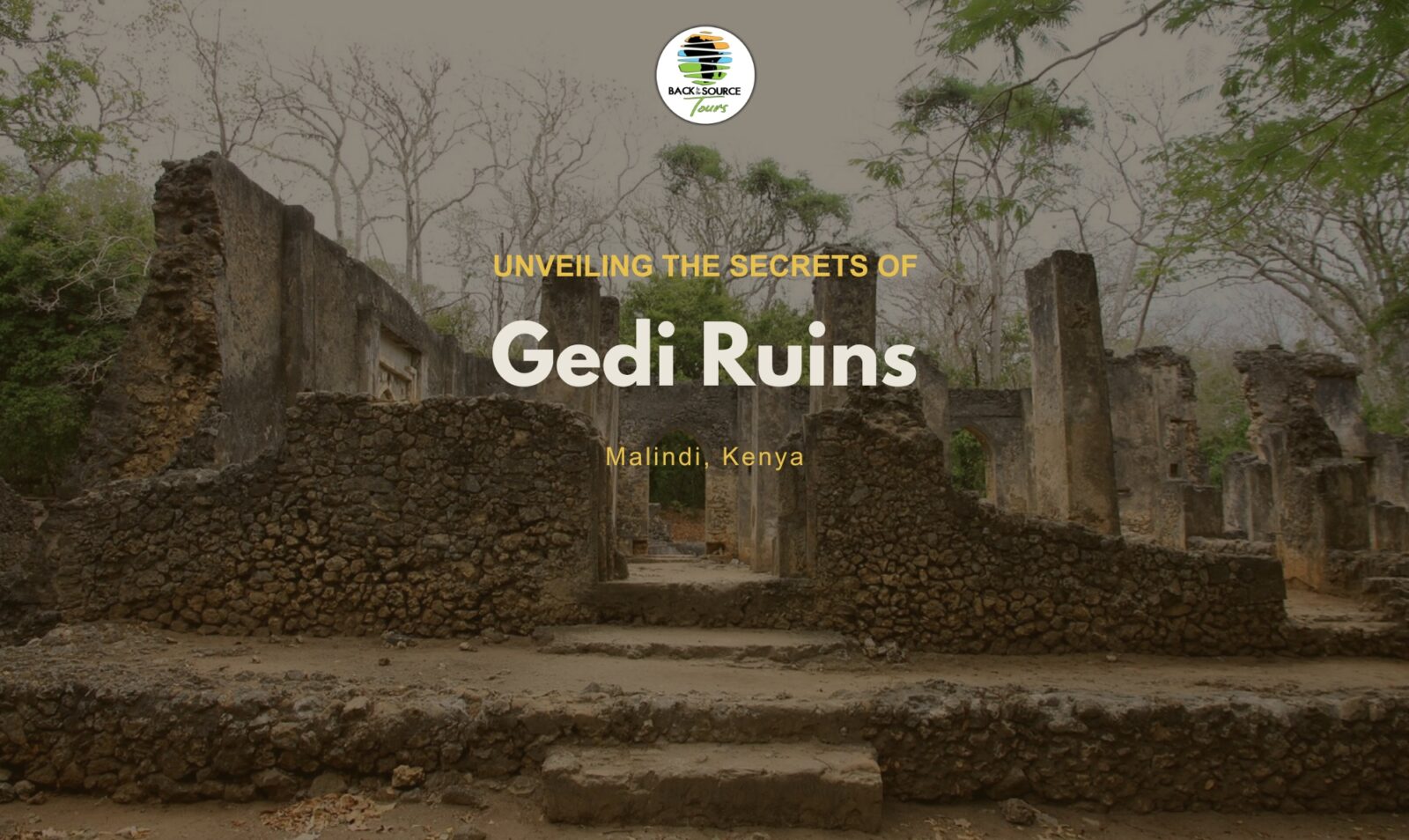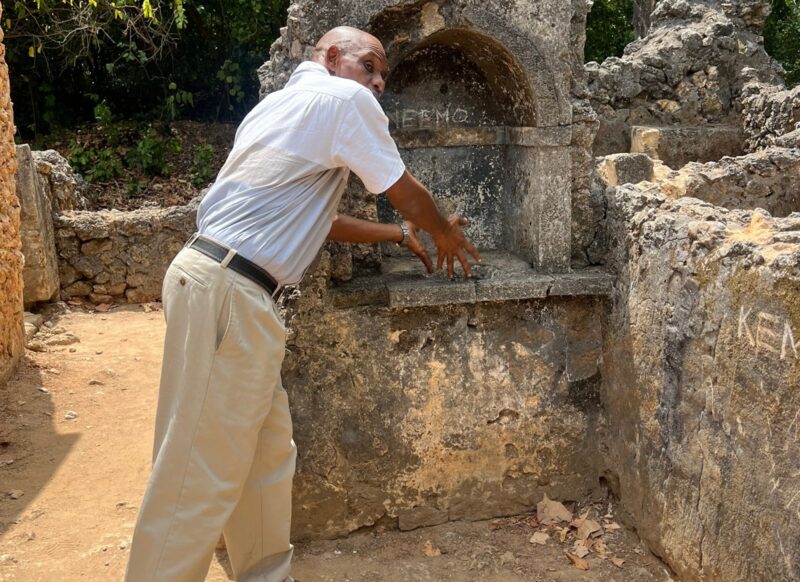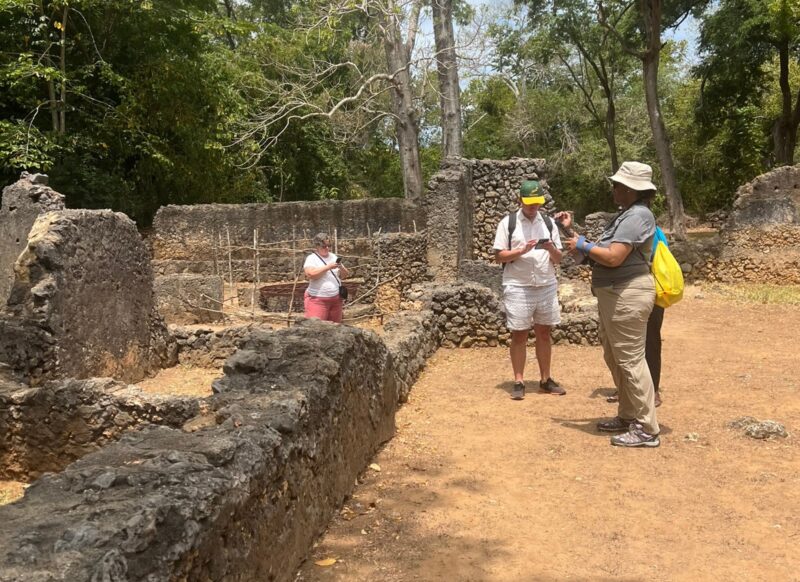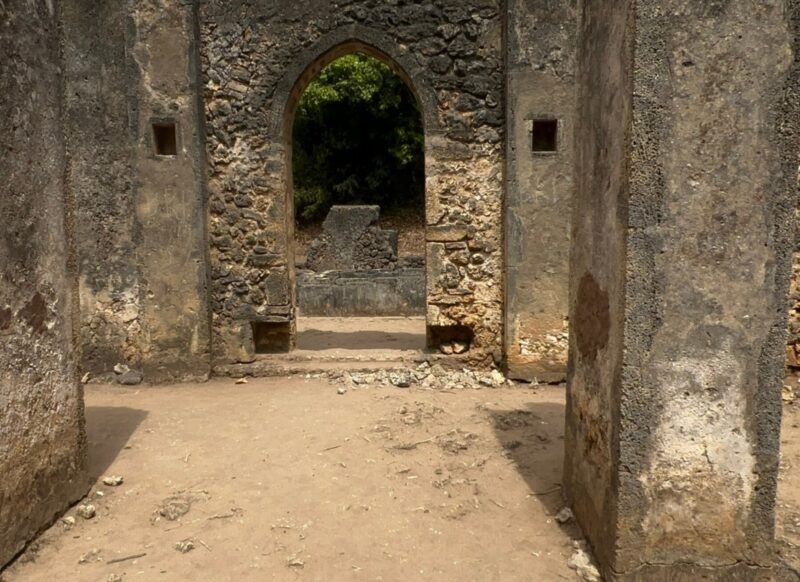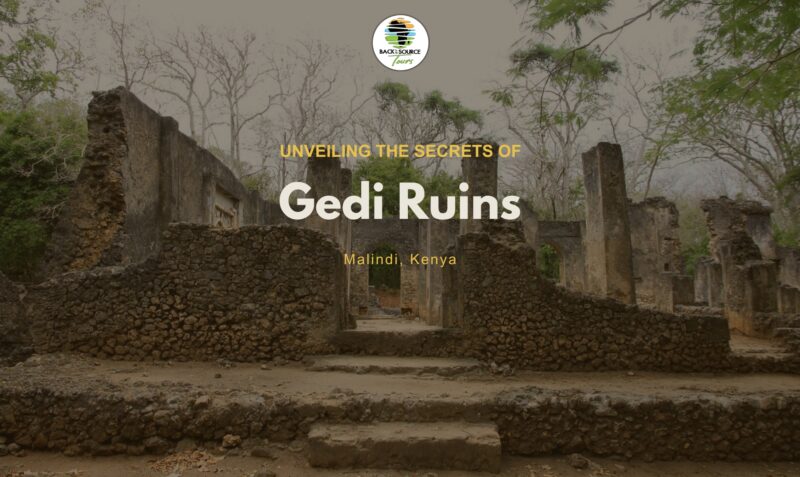Unveiling the Secrets of Gede Ruins: A Journey Through Time
 Nestled amidst the lush Kenyan coastal forests lie the captivating ruins of Gede, a testament to a bygone era. This ancient Swahili town, dating back to the 12th century, offers a glimpse into a glorious past, whispering tales of a thriving civilization.
Nestled amidst the lush Kenyan coastal forests lie the captivating ruins of Gede, a testament to a bygone era. This ancient Swahili town, dating back to the 12th century, offers a glimpse into a glorious past, whispering tales of a thriving civilization.
A Flourishing Swahili Town
Gede’s story is one of prosperity and cultural richness. The town flourished as a center of trade, its streets teeming with merchants and artisans. Grand mosques, intricately designed palaces, and elegant houses adorned the landscape, reflecting the wealth and sophistication of its inhabitants. The architectural style, a unique blend of African, Arabic, and Persian influences, stands as a testament to the cultural exchange that thrived in the region.
The architectural style, a unique blend of African, Arabic, and Persian influences, stands as a testament to the cultural exchange that thrived in the region.
A Legacy in Stone
Despite its abandonment, Gede’s legacy endures. The ruins, meticulously preserved, offer a window into the architectural brilliance and artistic sensibilities of the Swahili civilization.
As you explore the remnants of houses, mosques, and palaces, you can almost imagine the lives that unfolded within these walls.
An Enigmatic Decline
By the 17th century, however, Gede’s fortunes had dwindled.
The once-bustling metropolis fell into decline, its streets eventually swallowed by the encroaching forest.
The reasons for this remain shrouded in mystery.
- Relentless Raids: The region witnessed constant raids by nomadic tribes, disrupting trade routes and creating an atmosphere of insecurity.
- Shifting Trade Winds: The rise of Mombasa as a major port may have diverted trade away from Gede, impacting its economic prosperity.
- Environmental Challenges: Changes in climate or water availability could have posed challenges to the town’s sustainability.
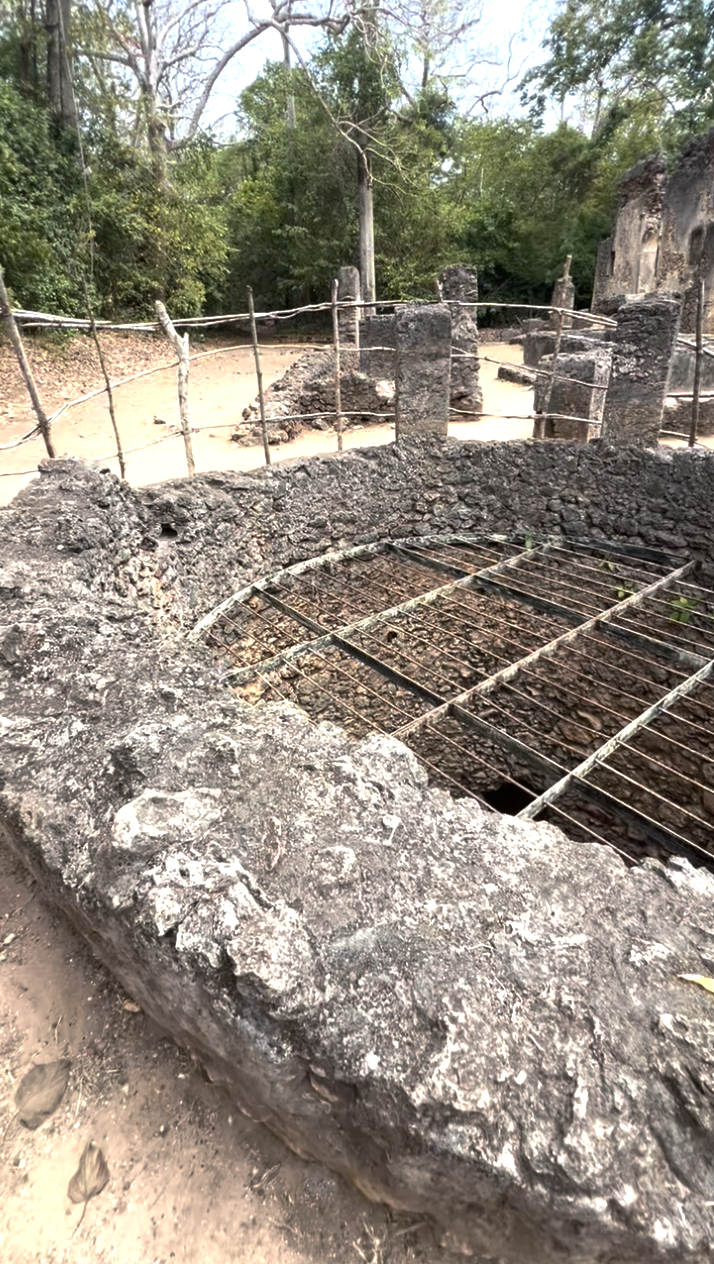
A Sacred Place
Beyond its historical significance, Gede holds deep spiritual meaning for the local communities. The surrounding forest is considered sacred, serving as a site for traditional rituals and ceremonies.
This harmonious coexistence between the ancient ruins and the natural world reflects the enduring power of cultural traditions.
A Call to Preserve
Gede Ruins stand as a powerful reminder of the  impermanence of empires and the ever-changing tides of history. As we explore these remnants of the past, we are reminded of the importance of preserving our heritage.
impermanence of empires and the ever-changing tides of history. As we explore these remnants of the past, we are reminded of the importance of preserving our heritage.
By protecting these ruins and sharing their stories, we ensure that future generations can connect with their roots and appreciate the rich tapestry of human history.
Discover and embrace history, and celebrate the rich cultural heritage that connects us all.
- Shimoni Caves: A waiting pen for captured slaves from the hinterland. A Haunting Reminder of the Transatlantic Slave Trade.
- Fort Jesus: A 16th-century Portuguese fort located in Mombasa, offering stunning views of the city and harbor.
- Gedi Ruins: The ruins of a medieval Swahili city, providing insights into the rich history of the East African coast.
- Lamu Old Town: A UNESCO World Heritage Site, renowned for its well-preserved Swahili architecture and tranquil atmosphere.
By visiting these sites, you can gain a deeper understanding of Kenya’s complex history and its enduring cultural heritage.


